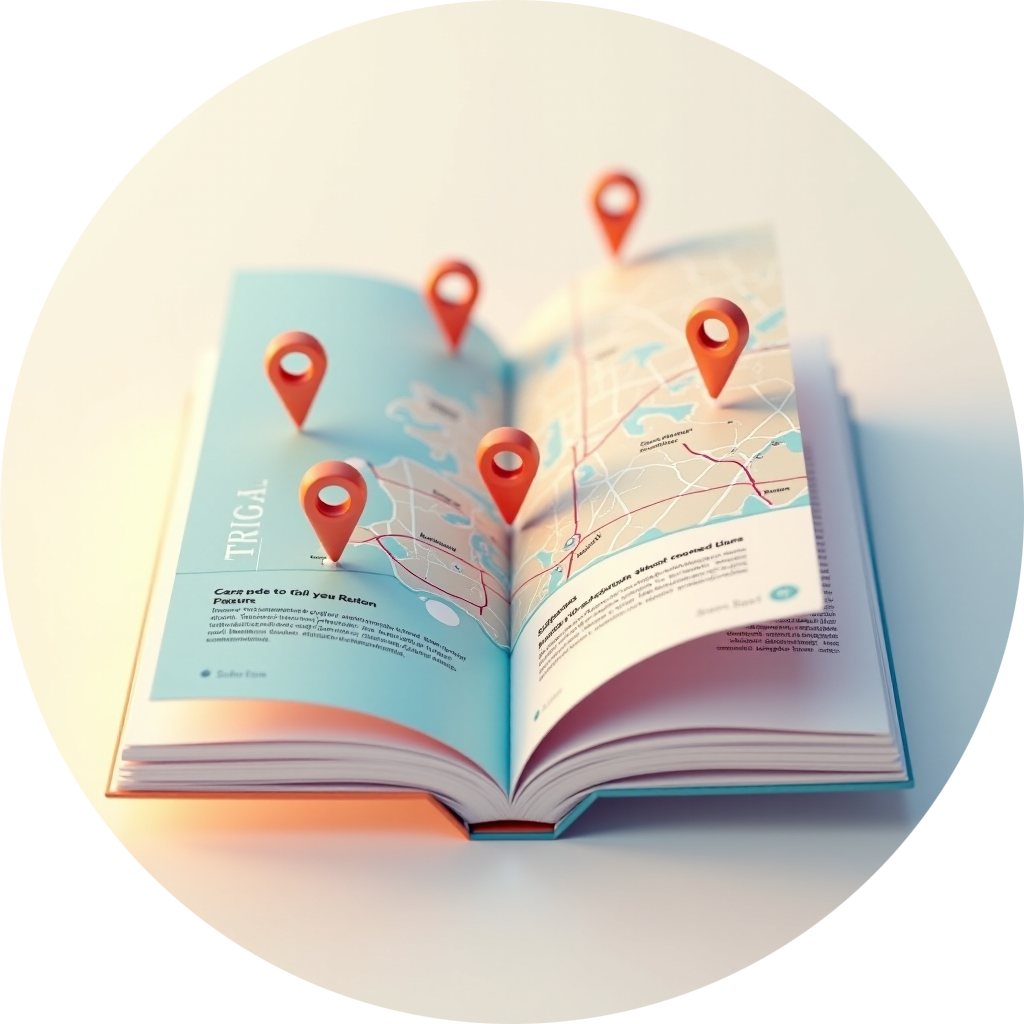[Lightweight UX experiment about “softening” geospatial and travel data]
How Do We Perceive Closeness?
Cognitive psychology suggests that our sense of nearness is shaped by effort, not just physical space (e.g., the “psychological distance paradox”).
💡 Inspiration
This project draws from Construal Level Theory (Trope & Liberman, 2010), which explores how humans mentally represent distance - not only physical distance, but also temporal, social, and hypothetical. The theory suggests that greater distance leads to more abstract thinking, while proximity invites more concrete, actionable thought.
Building on this insight, I sought to design a system that bridges the cognitive gap between "where" and "how soon," making perceived closeness more immediate, actionable, and emotionally resonant.
This transforms "Where are you?" into "How soon can we meet?", making the concept of distance feel more actionable and human-centered.
By integrating Skyscanner API (flights), Google Maps API (road & transit routes), and train data, we provide users with a more intuitive way to understand their real-world connectivity.
This project highlights a "nice-to-have" feature in geospatial products—while not solving a core functional problem, it enhances user experience by adding contextual and emotional intelligence, making spatial decision-making feel more intuitive and human-centered.
User Feels Distance as a Barrier
↓
Seeks Practical Solutions
↓
Finds Existing Tools (Flights, Maps, etc.)
↓
Realizes These Are Functional but Lack Emotion & Context (Confused)
↓
Our Approach Adds Emotional & Contextual Layer
↓
Not Necessary, but Enhances Experience
